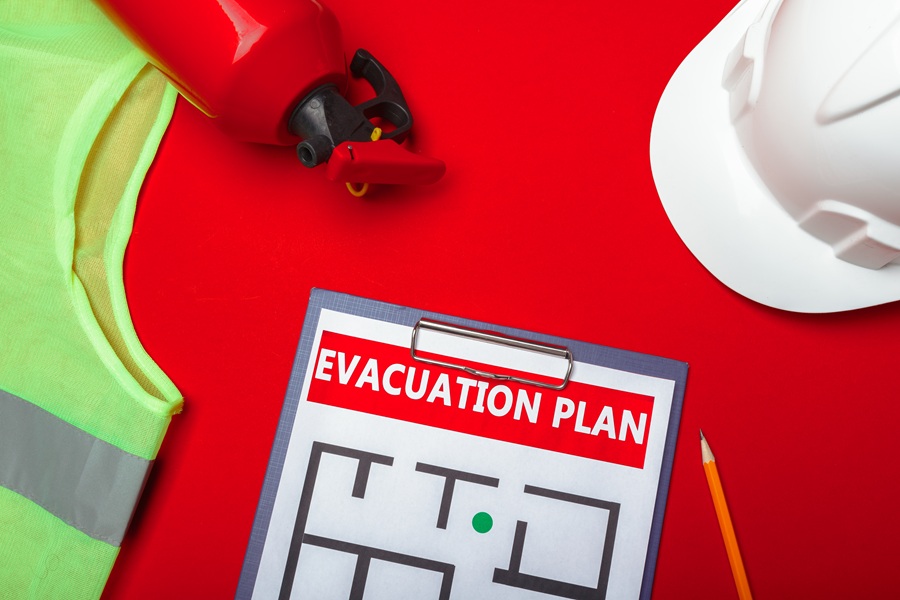Why schools and care homes need tailored fire strategies — not templates
Tailored fire strategies are a critical safety prevention step for places such as schools, hospitals and care homes
STRUCTURES FOR SCHOOLS and hospitals are not the same as structures for businesses. They are home to weak individuals, such as kids, the elderly, and persons with physical or mental problems who can’t leave fast or obey emergency instructions that are hard to understand. Due to the special circumstances, a standard fire safety template would not be suitable. They need custom solutions that consider how people will use them in real life, including their behaviour, mobility, and safety.
Schools and nursing homes typically adopt rules that don’t take into account the structure and dangers of their buildings. The lack of adherence to these criteria raises concerns. Some people forget to conduct regular fire door surveys, which are an integral part of custom fire designs. Such behaviours are normal. Fire doors are more than just safety elements in some businesses; they could save lives. If properly tested and maintained, they can significantly reduce the spread of fire. This feature provides people who work in the building and those who live there with more time to exit safely.

Templates Leave Out Important Information
Templates may cover basic fire safety, but they often overlook horizontal evacuation zones and the importance of incorporating fire safety into daily life. A typical checklist cannot account for the fact that a care home resident may not be able to respond to a fire alarm or that schoolchildren may be terrified and need adult help in an emergency. Consider both.
Changing how you do things can help you avoid missing departure delays caused by mobility assistance, understaffed wings, or doors left open for convenience. If you don’t have this protection, you might miss these delays. Finding these minor errors during a crisis could have serious consequences. Fire safety means being ready and preventing fires, and the only way to do that is with a custom plan for how each building works in its daily use. Preparation is the key to understanding how each building works.
This Includes Training Staff and Making Them Aware of the Floor
Generic fire plans contain several problems, one of which is that the written plan doesn’t align with what the team on site understands. The first people to respond to an emergency are the residents and teachers in a residential care facility. They must know how to evacuate the building, its layout, and the behaviour of those in their care.
Individualised fire tactics are used to teach workers about the most hazardous areas, alternate escape routes, and how to exit a building in an emergency. Visual maps, scenario-based drills, and assignments based on roles are common parts of these programs.

Why You Should Keep Some Money Safe
Specific fire tactics may require additional evaluations, paperwork, and staff training, but the safety, confidence, and legal protection they offer are well worth the effort. When lives depend on following the plan, there can be no shortcuts. If professionals knowledgeable about hazardous areas are involved, the fire safety plan will be based on actual experiences rather than merely written rules.
Schools and homes for people who need help can help create a culture of readiness that keeps the most vulnerable safe. This can be achieved by avoiding the use of templates and investing in solutions tailored to each building. This process is not a box to tick; it’s a promise to keep people safe from fire.

